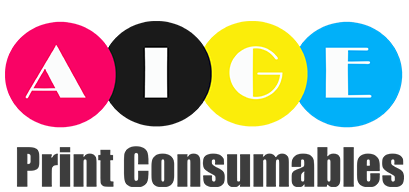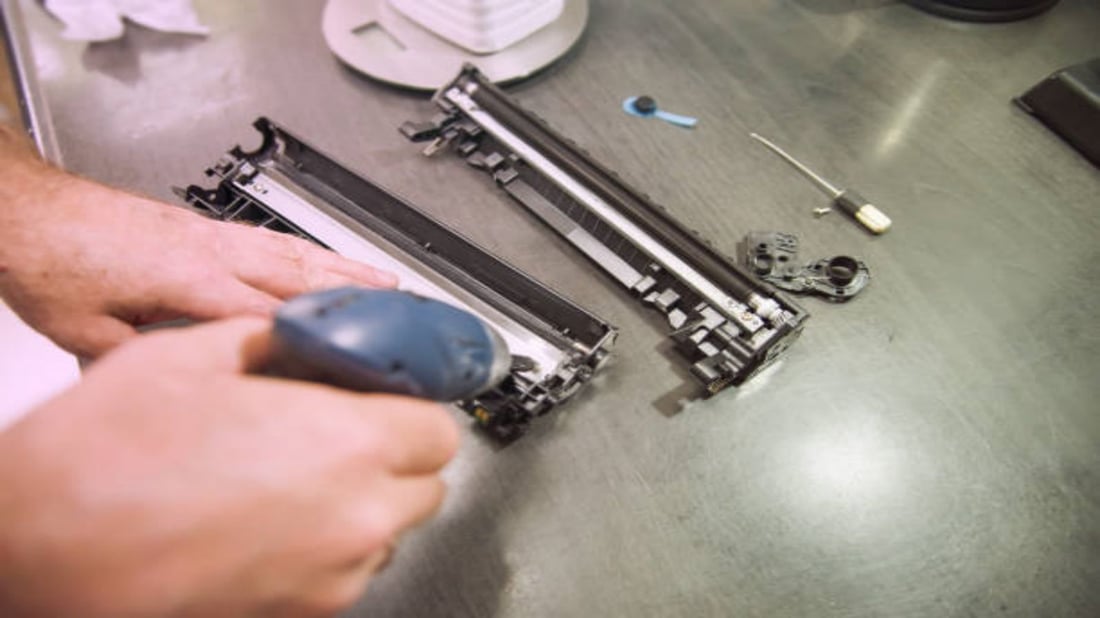The Importance of large format printer parts
A large format printer is an essential tool for businesses and individuals who need to print high-quality, large-scale graphics and documents. These printers are commonly used in industries such as advertising, architecture, engineering, and design. To ensure optimal performance and longevity, it is crucial to understand the various parts of a large format printer and their functions.
Print Heads: The Heart of a Large Format Printer
The print heads are arguably the most critical components of a large format printer. These parts are responsible for delivering ink onto the printing material. Print heads utilize tiny nozzles to spray ink in precise patterns, resulting in sharp and vibrant prints. Regular maintenance and cleaning of print heads are essential to prevent clogging and ensure consistent print quality.
Ink Cartridges: Fuel for Your Prints
Ink cartridges hold the ink that is used by the large format printer. These cartridges are available in various colors, allowing for the creation of vibrant and accurate prints. It is important to use genuine ink cartridges recommended by the printer manufacturer to ensure optimal performance and prevent damage to the printer.
Printheads vs. Ink Cartridges: What's the Difference?
While print heads and ink cartridges both contribute to the printing process, they serve different functions. Print heads control the distribution of ink onto the printing material, while ink cartridges store and supply the ink. Understanding this distinction is crucial when troubleshooting printing issues or replacing parts.
Media Rollers: Smooth and Precise Paper Handling
Media rollers play a vital role in large format printers by ensuring precise paper handling. These rollers guide the printing material through the printer, preventing misalignment and paper jams. Keeping the media rollers clean and free from debris is essential to maintain the printer's performance and prevent damage to the printing material.
Drive Belts: Keeping the Printer Moving
Drive belts are responsible for the movement of various printer components, such as the print heads and media rollers. These belts ensure that the printer operates smoothly and accurately. Over time, drive belts may stretch or wear out, leading to decreased print quality or even printer malfunctions. Regular inspection and replacement of drive belts are necessary to maintain optimal printer performance.
Waste Ink Tank: Proper Ink Disposal
A waste ink tank is a crucial component of large format printers. It collects excess ink that is generated during the printing process. Proper disposal of waste ink is important to prevent ink leakage, which can damage the printer and affect print quality. Regularly emptying and cleaning the waste ink tank is essential to ensure the printer's longevity.
Control Panel: Navigating Printer Settings
The control panel of a large format printer allows users to navigate and adjust various printer settings. This includes selecting print quality, paper type, and size. Familiarizing yourself with the control panel and its functions is essential for achieving the desired print results and maximizing the printer's capabilities.
Power Supply: Keeping the Printer Running
The power supply is responsible for providing the necessary electrical power to the large format printer. It is important to ensure that the printer is connected to a stable power source to prevent damage caused by power fluctuations. Using surge protectors or uninterruptible power supply (UPS) systems can safeguard the printer from electrical issues.
Regular Maintenance: Extending the Printer's Lifespan
Regular maintenance is crucial for extending the lifespan of a large format printer and ensuring consistent print quality. This includes cleaning the print heads, replacing ink cartridges, and inspecting and cleaning various printer parts. Following the manufacturer's maintenance guidelines and scheduling routine maintenance can prevent costly repairs and downtime.

